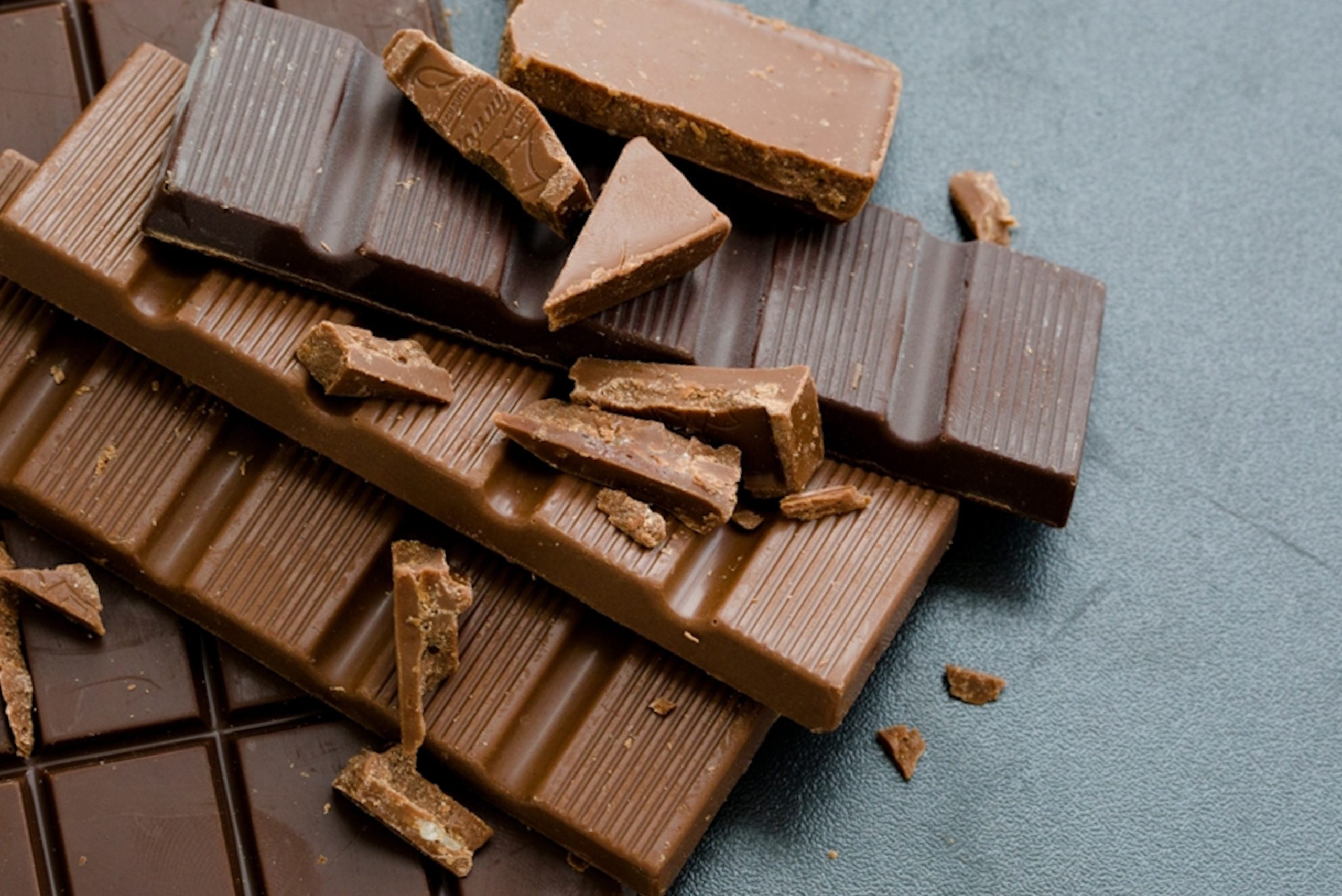Chocolate is a beloved treat around the world, available in various forms and flavors. Among the most popular are milk chocolate and dark chocolate, each having its unique taste, texture, and health benefits. This article delves into the differences between milk chocolate and dark chocolate, exploring their origins, production processes, nutritional content, health impacts, and culinary uses.
Origins and Production
Milk Chocolate
Milk chocolate, known for its creamy texture and sweet flavor, was first developed by Swiss confectioners in the late 19th century. The key ingredients include cocoa solids, cocoa butter, milk (in the form of powder, liquid, or condensed), and sugar. Milk chocolate must contain at least 10% cocoa solids and 12% milk solids according to U.S. standards, which contributes to its lighter color and milder chocolate taste compared to dark chocolate.
Dark Chocolate
Dark chocolate, also known as “plain” or “black” chocolate, contains a higher percentage of cocoa solids and less milk than milk chocolate, often none at all. The typical composition of dark chocolate includes cocoa solids, cocoa butter, and sugar, with cocoa content ranging from 50% to over 90%. This higher cocoa content gives dark chocolate its deeper color and more pronounced bitter flavor.
Nutritional Content
The nutritional differences between milk chocolate and dark chocolate are significant, primarily due to the variation in cocoa content.
Milk Chocolate
- Calories and Sugar: Milk chocolate generally contains more sugar and dairy, making it higher in calories and sugar per serving.
- Fat: The addition of milk increases the fat content, but it is often from milk fats, which can include saturated fats.
- Cocoa Solids: With lower cocoa content, milk chocolate has fewer of the beneficial compounds found in cocoa.
Dark Chocolate
- Calories and Sugar: While also rich in calories, dark chocolate typically has less sugar than milk chocolate.
- Fat: The fats in dark chocolate come primarily from cocoa butter, which is considered a healthier fat.
- Cocoa Solids: Higher cocoa content means more fiber, iron, magnesium, copper, manganese, and other minerals.
Health Benefits
The health benefits of chocolate, particularly dark chocolate, are often highlighted due to its rich content of antioxidants and other nutrients.
Dark Chocolate
- Heart Health: The flavonoids in dark chocolate can improve heart health by lowering blood pressure, improving blood flow to the brain and heart, and making platelets less sticky and able to clot.
- Antioxidants: Dark chocolate is loaded with organic compounds that are biologically active and function as antioxidants. These include polyphenols, flavanols, catechins, among others.
- Mood Enhancement: Chocolate contains phenylethylamine (PEA), the same chemical your brain creates when you feel like you’re falling in love. PEA encourages your brain to release endorphins, so eating dark chocolate will make you feel happier.
Milk Chocolate
- Bone Health: The milk content in milk chocolate provides a source of calcium and vitamin D, which are essential for strong bones.
- Mood Enhancement: While dark chocolate has more potent health benefits, milk chocolate can still provide mood-boosting effects due to its sugar and fat content, which contribute to its delicious taste and satisfying texture.
Culinary Uses
Both milk and dark chocolate are versatile ingredients in the kitchen but are used differently based on their flavor profiles and melting characteristics.
Milk Chocolate
Milk chocolate’s smooth, creamy texture makes it a favorite for eating out of hand, but it is also popular in baking, for chocolate bars, candy, and desserts where a softer, sweeter chocolate is preferred. Its lower melting point can make it a bit trickier to work with in certain recipes, especially those requiring precise tempering.
Dark Chocolate
Dark chocolate is ideal for cooking and baking when a rich, pronounced chocolate flavor is desired. It is excellent for making chocolate ganache, mousses, and sophisticated confections. Dark chocolate’s higher melting point also makes it more forgiving in heated applications.
Sustainability and Ethical Considerations
The chocolate industry faces significant challenges related to sustainability and ethical sourcing. Issues like deforestation, child labor, and unfair compensation for cocoa farmers are prevalent, especially in West Africa, which produces most of the world’s cocoa. Dark chocolate often has a higher percentage of sustainably sourced cocoa, as many premium dark chocolate manufacturers prioritize ethical sourcing practices. Mrs. Goodrich takes pride in offering only chocolate that is ethically sourced and sustainable.
Conclusion
Milk chocolate and dark chocolate each have their distinctive qualities and uses. Milk chocolate is beloved for its creamy, comforting taste and texture, making it a favorite among those who prefer a sweeter, less intense chocolate experience. Dark chocolate, with its robust flavors and health benefits, appeals to those looking for a richer taste and a healthier option.
Choosing between milk chocolate and dark chocolate often comes down to personal preference, dietary considerations, and intended use. Whether you reach for milk or dark chocolate, both varieties offer a delicious way to indulge in one of the world’s favorite treats.


